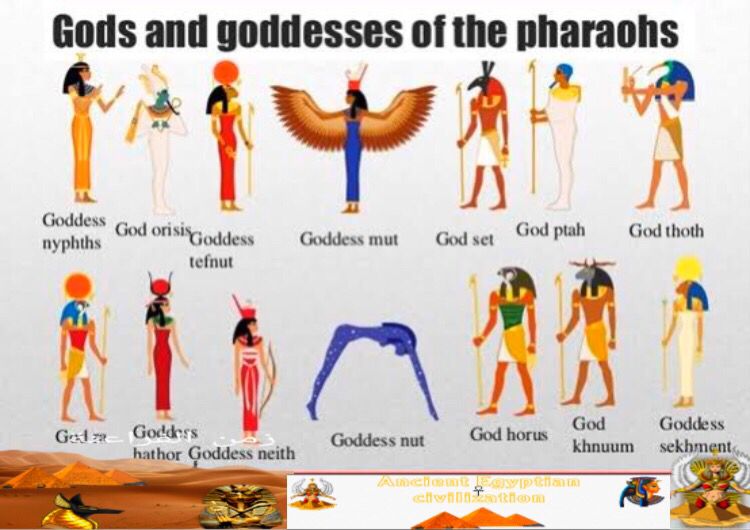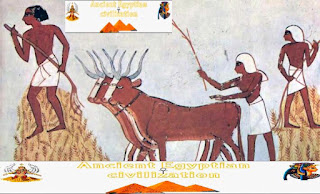Agriculture in Ancient Egypt and the Importance of Agriculture in Ancient Egypt
Agriculture in ancient Egypt in prehistoric times was growing naturally, and the ancient Egyptians were able to live in the surrounding environment on both sides of the river when they descended to the valley after living on the plateau. Therefore, the Nile was credited with the stability and emergence of the Egyptian civilization After the coming of the annual flood that floods the land, which reaches its highest level at the beginning of September, and after the flood water recedes and settles in October, this flood leaves the land rich in arable silt, and the agricultural land is divided into three sections
The first section: It is the high agricultural land that was previously formed as a result of previous floods
The second section: is the flat land
The third section is about the new lands that were formed due to the current flood, which is rich in soil and silt that settles in the lands in its three parts and is left by the flood every year.
Agriculture was the resource that earned Egypt its civilization, so the land was paved and prepared for agriculture. The Egyptians also worked on digging a network of canals and canals to maintain them to face the evil of the high flood that was destroying everything in front of it, or they try to raise the water to levels that the river water does not reach, by using certain tools for that.
For the Egyptian to benefit from the flood water, he dug canals in the agricultural lands and constructed large reservoirs to store the water for times of need, as it was gradually opened to irrigate the agricultural lands. The region's governor was responsible and supervising the irrigation operations or procedures organized according to the height of the river level. To measure height, these measurements are recorded on the columns of the Temple of Karnak and Afo and the rocks of Aswan and Nubia



Comments
Post a Comment